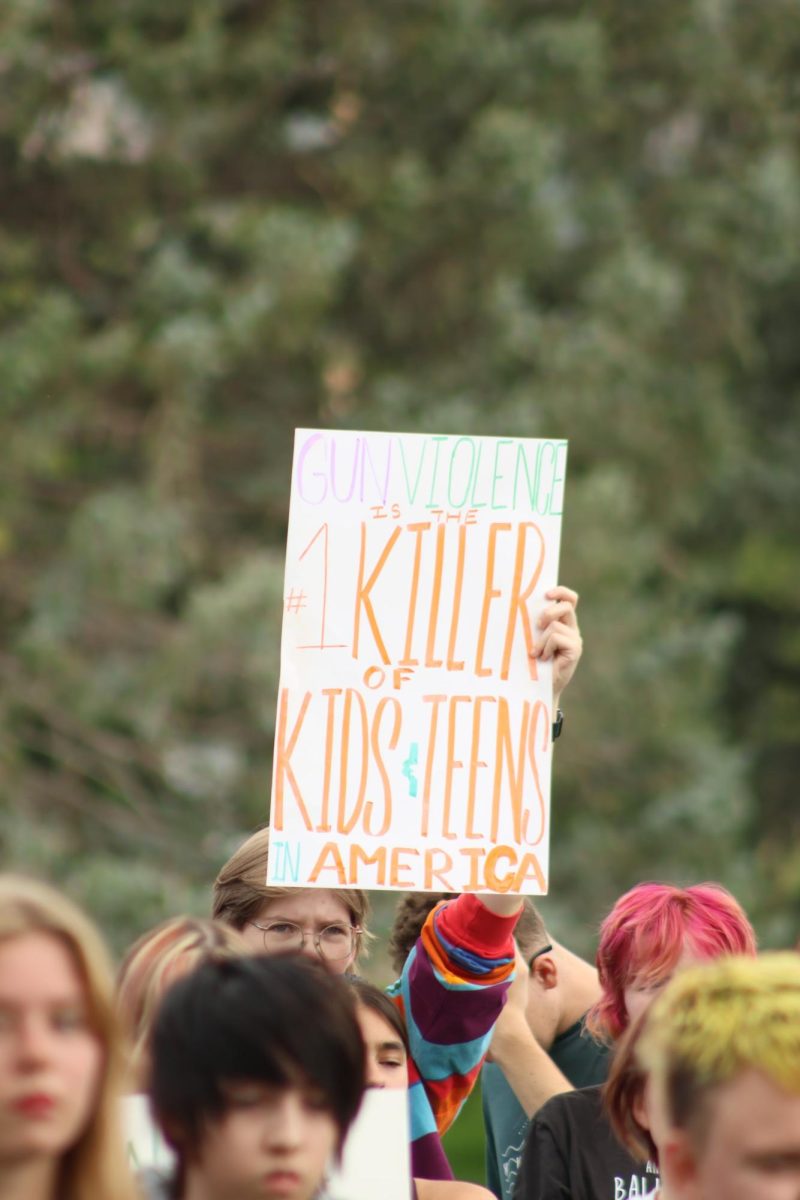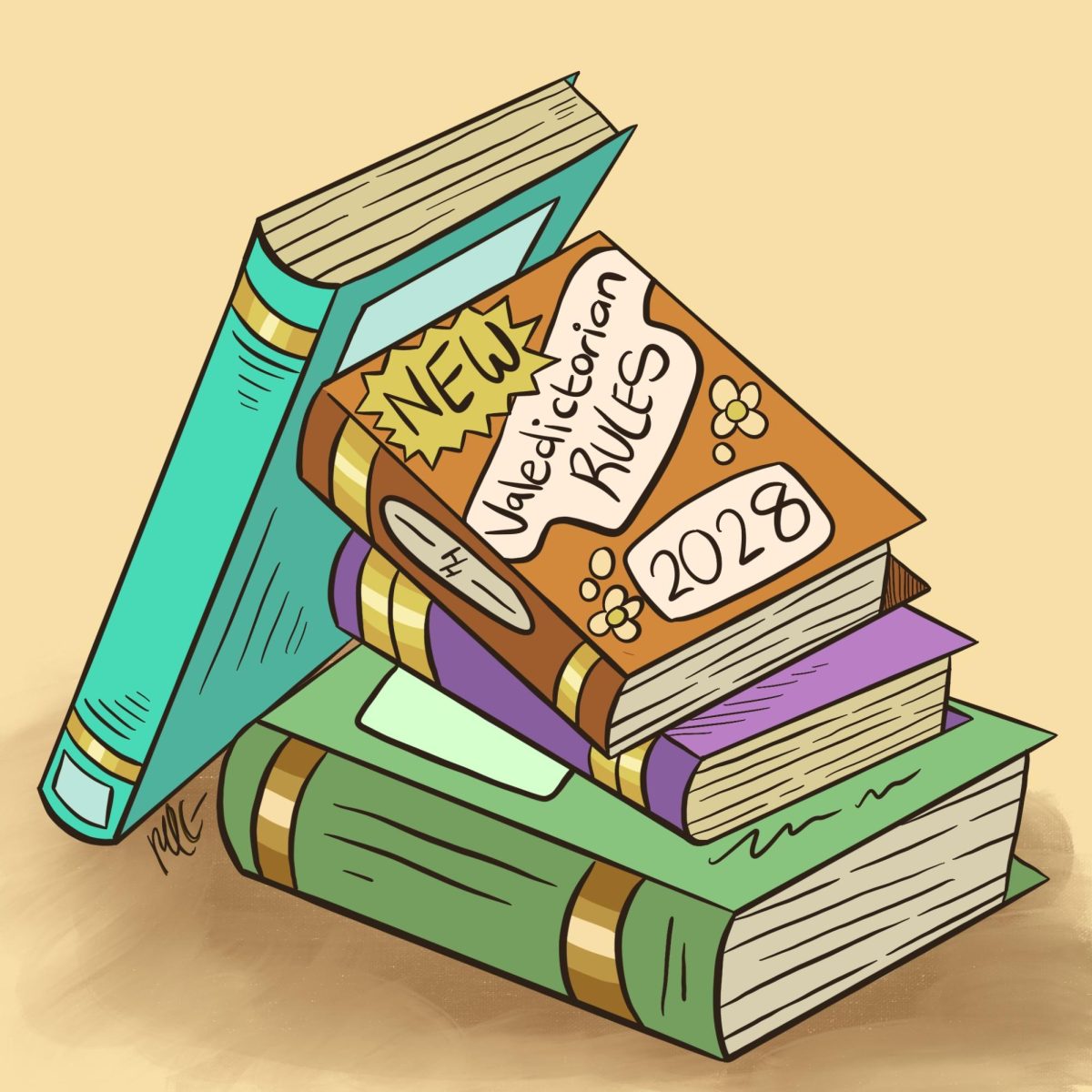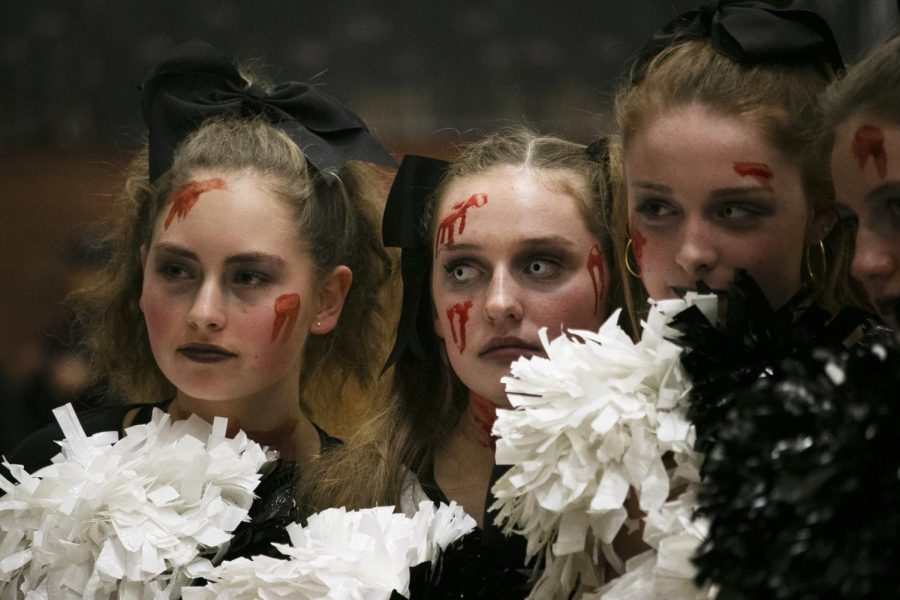Stop the Bleed
November 20, 2019
Columbine. Sandy Hook. Parkland.
Names that have become widely recognized for similar tragedies.
School shootings have become an all too familiar occurrence, and many different ideas have been proposed as a response: clear backpacks, metal detectors, armed school staff, tougher gun reform. Most schools have responded with increased security and the use of drills.
Emergency responders and other members of the healthcare community advocate for preparation in the form of first aid instruction, believing that the best way for schools to prepare for such an event is by teaching their educators and students techniques to stop bleeding.
The American College of Surgeons has long been pushing for this, creating the national awareness campaign Stop the Bleed with a mission to distribute bleeding prevention kits and training on how to use them across the country.
On Wednesday, Nov. 13, Stop the Bleed held a training class at 6 PM in the Highland library. During the class, students and parents were given instructions on several techniques on how to stop bleeding, including applying pressure, packing a wound, and applying a tourniquet. The instruction was paired with demonstrations through videos and the instructor leading the class, Jamie Troyer, who works for the Trauma Program at the University of Utah. Attendants were also given the chance to practice the techniques on artificial models of wounded limbs.
Troyer says that most people who see someone suffering from an open wound will not do anything to help out of fear that they will do something wrong, and training like this helps remove that fear so that more people will want to help.
“It makes a huge difference,” Troyer said. “A lot of people don’t help because they’re afraid they’re going to hurt somebody or they don’t know what to do, so knowing what to do just helps.”
She says it is especially important that young people are taught what to do, as they are more likely to be around when someone is in danger.
“There’s more students if it’s a bad school shooting, or even if they’re just out and about and there’s a car wreck or something like that,” Troyer said. “Younger kids are going to be there, and I want them to feel very comfortable being able to say ‘you know what, I got this’.”
It takes as little as 5 to 10 minutes for a gunshot victim to bleed to death. In this situation, there simply isn’t enough time to wait for emergency responders to arrive. This puts responsibility on bystanders to respond. Performing basic first aid maneuvers taught in the class has the potential to save a person from the immediate threat of bleeding out so that they can live to be treated for their injuries.
Autopsies done after school shootings show that many of the victims could have been saved with simple first-aid techniques. Troyer discusses one case in which 20 students died.
“[The autopsy] showed that most of those kids could have been saved if somebody that was right there next to them knew how to stop the bleeding,” Troyer said. “That’s 20 lives that should not have been lost.”
Two days after the class was given at Highland, three students were killed in a school shooting at a southern California high school. The event unfortunately emphasizes just why knowing these skills are so valuable.
William Cole Turner, a Highland student who attended the training, says that school shootings are something that he worries about, and that the skills he learned from the training took away some of that fear by making him feel more prepared to face an emergency.
“It makes you feel a lot safer,” Turner said. “It makes me feel like I can help a lot more people.”
Troyer hopes that programs like Stop the Bleed can reach more schools, and more students can be taught these potentially life saving skills.
“I think everybody no matter where you’re at should be trained in stopping the bleed,” Troyer said. “Everybody is going to experience this at some point in time and so everybody should feel comfortable and confident that they can help.”






























Jamie Troyer • Nov 20, 2019 at 2:53 pm
Thank you so much for this opportunity. I am happy to hear that this helped relieve the fear of one student and hope to continue providing that for so many more!